Name Betty Goodwin Role Printmaker | Spouse Martin Goodwin (m. 1945) Children Paul Goodwin | |
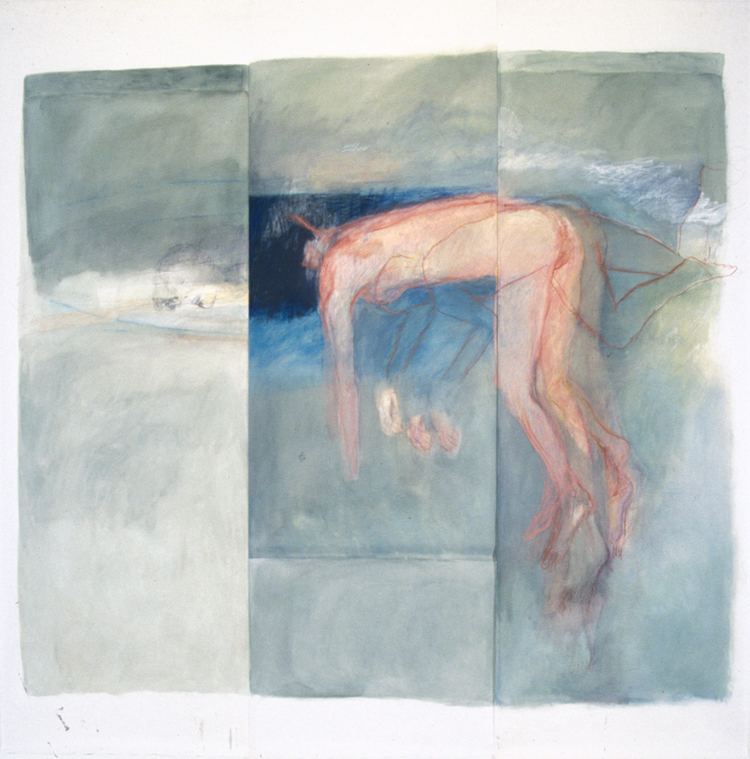 | ||
Books Chasen's, where Hollywood dined, Hollywood du jour, Blue Ribbon: Amazing Women, Powerful Giving Similar People Attila Richard Lukacs, Salah Bachir, Paul‑Marie Lapointe | ||
Betty goodwin part 1
Betty Roodish Goodwin, (March 19, 1923 – December 1, 2008) was a Canadian printmaker, sculptor, painter, and installation artist.
Contents
- Betty goodwin part 1
- Betty goodwin galupi concerto
- Early life
- Art
- List of Artworks displayed
- Exhibitions
- Career highlights
- Honours
- References
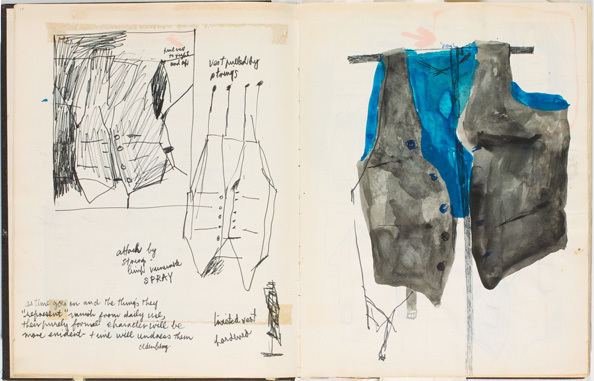
Betty goodwin galupi concerto
Early life
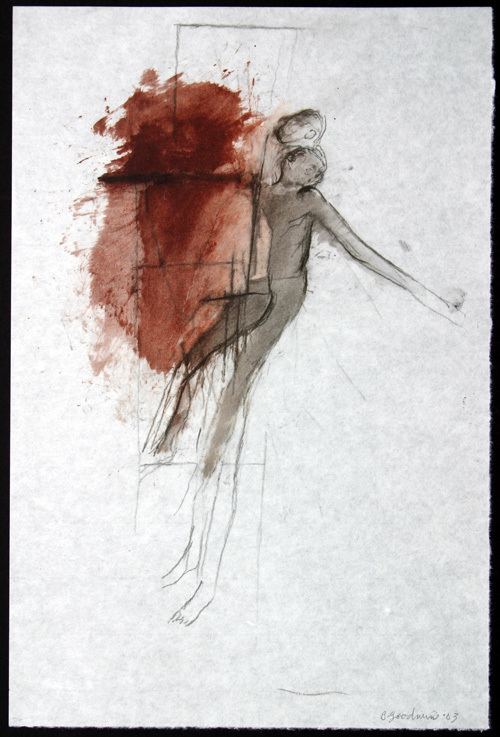
Born in Montreal the only child of Romanian immigrants Betty loved to paint and draw as a child, and was much encouraged by her mother to pursue art. Goodwin's father, a factory owner in Montreal, died when she was 9. After graduating from high school, she studied design at Valentine's Commercial School of Art in Montreal, then launched her career as a painter and printmaker in the late 1940s. In the 1960s, she enrolled in a printmaking class with Yves Gaucher at Sir George Williams University in Montreal. It was there where she began working with found objects and clothing in her prints, which brought her much international attention. She represented Canada at the leading international events at Tokyo International Print Biennial in1974, Ljubljana Biennial of Graphic Arts in 1975, São Paulo Biennial in 1989, and Venice Biennal in 1995. Dissatisfied with her work, she destroyed most of it and in 1968 she limited herself to drawing. She was married to Martin Goodwin, a civil engineer (d. 2008). Their son Paul died at 30 of a drug overdose.
Art
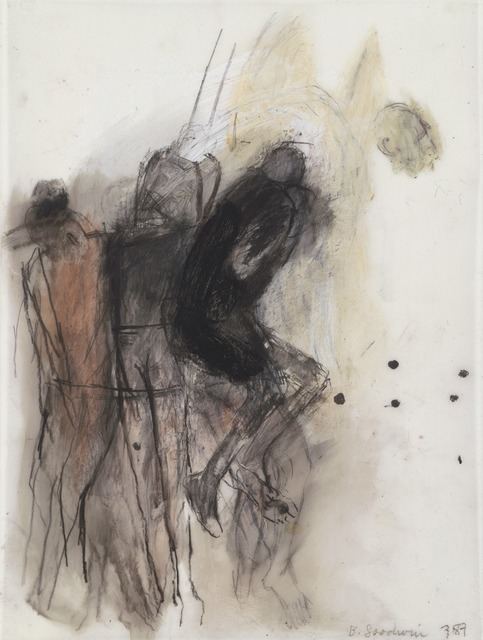
Betty Goodwin used a large variety of media, including collage, sculpture, printmaking, painting and drawing, assemblage and etchings. Her subject matter almost always revolves around the human form and deals with it in a highly emotional way. Many of her ideas came from clusters of photographs, objects or drawings on the walls in her studio. She also used the “germ” of ideas that are left after being erased from a work. During the 1950's and 60's Goodwin painted still-lifes. She also depicted scenes of Montreal's Jewish Community. She became interested in found objects, particularly how they represent traces of life. She created copper plate impressions of items of clothing to produce a series of etchings, entitled Vest, which gained international attention. Goodwin created a series of wall hangings entitled Tarpaulin from 1972-`974, which she reworked to shape into sculptures and collages. Over a period of six years beginning in 1982, Goodwin explored the human form in her drawing series Swimmers, this project used graphite, oil pastels and charcoal on translucent Mylar. The large-scale drawings depict solitary floating or sinking bodies, suspended in space. In 1986, to show the interaction of human figures she created her series Carbon using charcoal and wax to create drawings. In 1996 Goodwin donated 150 of her works to the Art Gallery of Ontario, which has the largest collection of her work. The Gallery staged a major retrospective that year, and the same year she was awarded the Harold Town Prize.
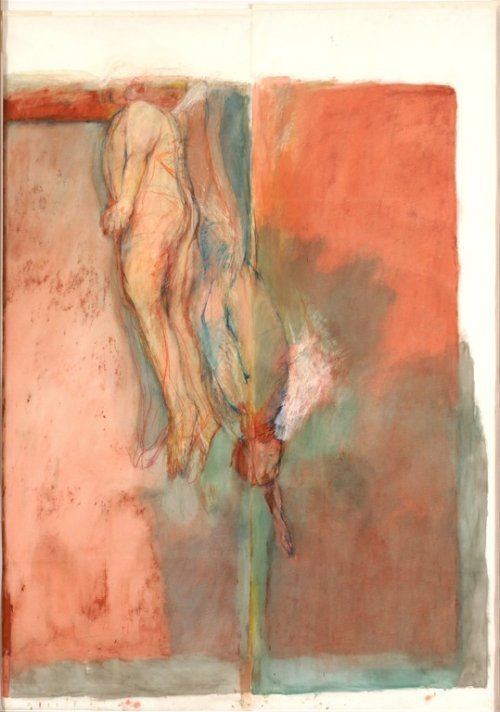
Other Notable Artworks
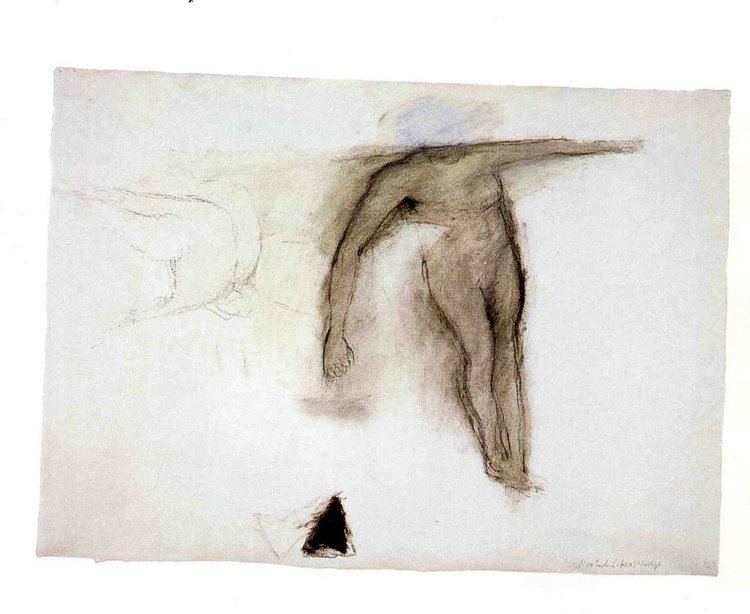
List of Artworks displayed
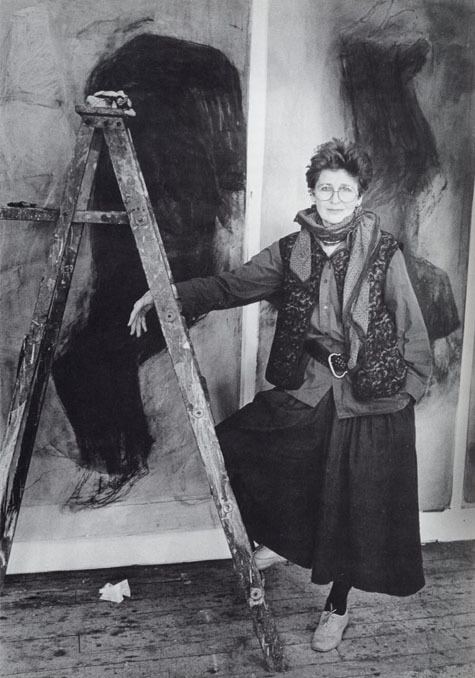
Below are a list of some of the Betty Goodwin's art displayed:
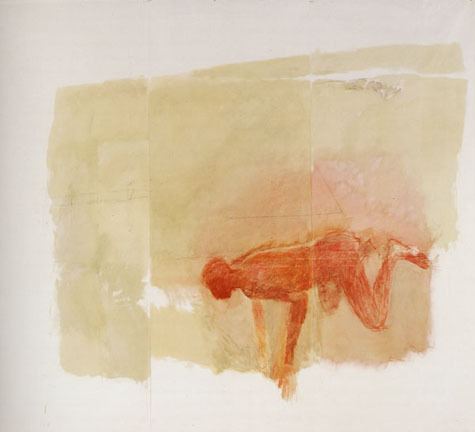
Exhibitions
Solo Exhibitions
2002
1999
1998
Group Exhibitions
2000
1999
1997
1996
1994
1993
1991
1990
1986
1985
1976
1974
1973
1967
1962
1955
Career highlights
Goodwin's work has been exhibited in Montreal since the early 60s, with some significant solo shows. Other exhibitions have taken place elsewhere in Canada, the U.S. and Europe. She was chosen to represent Canada in the Venice Biennial in 1995. In 1996, she was acknowledged with an exhibition at the National Gallery of Canada, Betty Goodwin: Signs of Life. In 2003, she was made an Officer of the Order of Canada. She died in December 2008 in Montreal.
Betty Goodwin's work is represented in many public collections including the Winnipeg Art Gallery, Musée d'art contemporain de Montréal, and the National Gallery of Canada.
Goodwin received several awards, including the Prix Paul-Émile Borduas in 1986, the Gershon Iskowitz Prize of the Gershon Iskowitz Foundation and the Art Gallery of Ontario in 1995, the Victor Martyn Lynch-Staunton Award of the Canada Council for the Arts in 1981, the Harold Town Prize in 1998, John Simon Guggenheim Foundation Fellowship in 1988. In 2003, she was honored with the Governor General's Award and was made an Officer of the Order of Canada.She also represented Canada at the leading international events at Tokyo International Print Biennial in1974, Ljubljana Biennial of Graphic Arts in 1975, São Paulo Biennial in 1989, and Venice Biennale, in 1995
In 1996, she was awarded the Harold Town Prize
